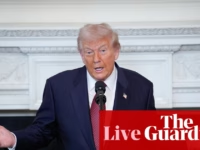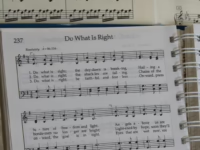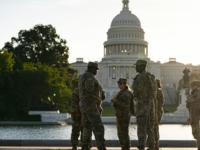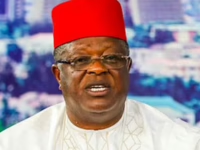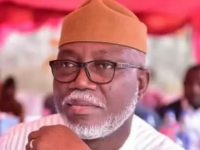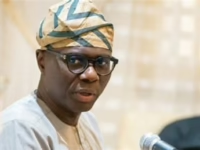The White House Historical Association presents “Suited to Lead: The Lives of Six Presidents Through Fashion,” a digital exhibition featuring six presidents: Theodore Roosevelt, Jimmy Carter, George Washington, Abraham Lincoln, Harry S. Truman, and John Quincy Adams.
White House Historical Association
While much attention has been given to the style of America’s first ladies, from Jacqueline Kennedy to Michelle Obama, a fresh online exhibit now turns the spotlight on the sartorial choices of the presidents themselves. This collection explores how these leaders’ wardrobes conveyed messages about their identities and leadership, spanning from the nation’s founding era to the late 20th century.
“Suited to Lead,” curated by the White House Historical Association, delves into the distinctive fashion statements made by George Washington, John Quincy Adams, Abraham Lincoln, Harry S. Truman, Theodore Roosevelt, and Jimmy Carter, revealing how their attire reflected their personal and political narratives.
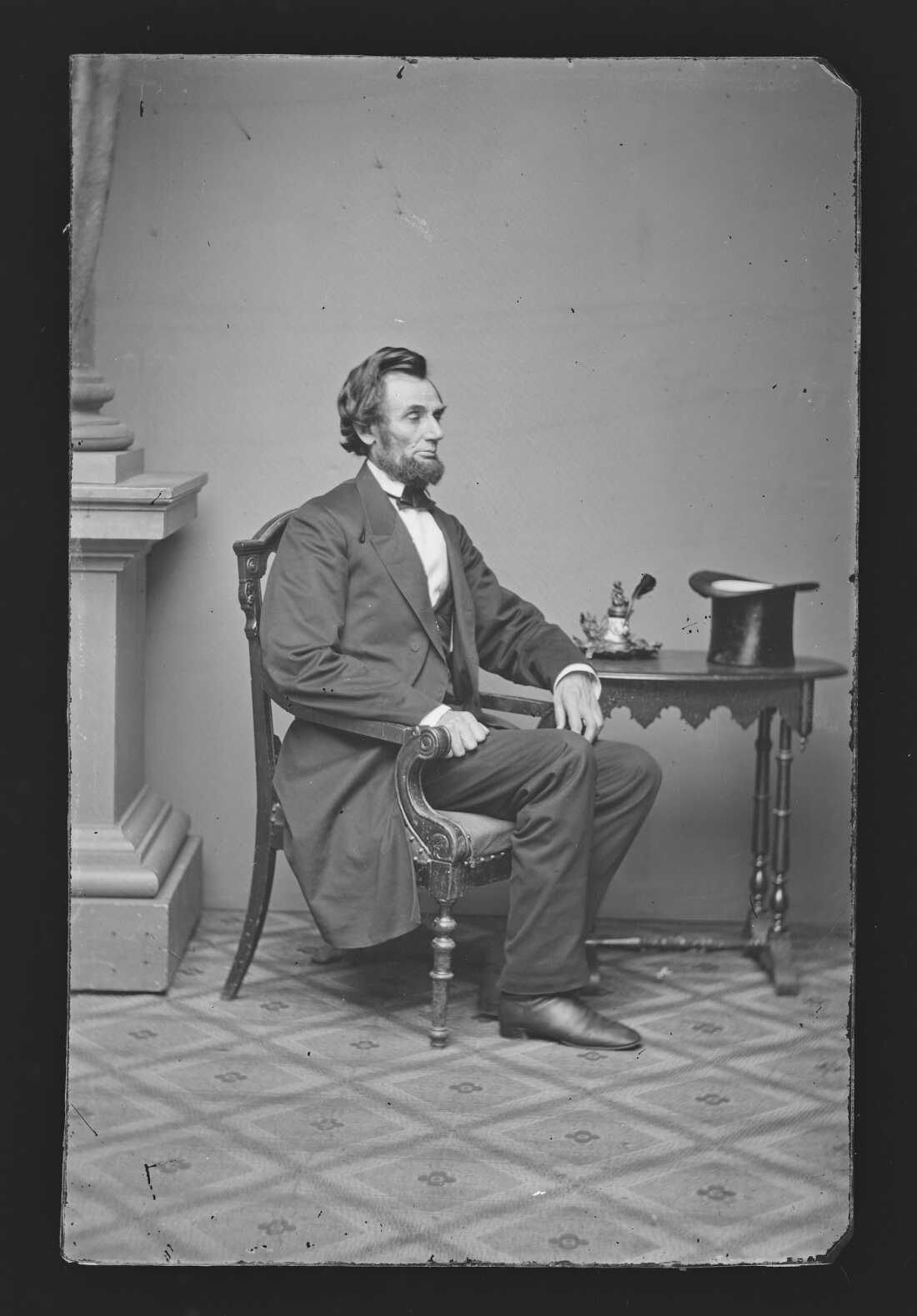
This glass plate collodion photograph captures President-elect Abraham Lincoln on February 24, 1861, shortly after arriving in Washington, D.C., dressed in the ensemble that would become his signature look: a black frock coat, matching waistcoat and trousers, a slim black cravat, and polished leather shoes, with his hat resting nearby.
Alexander Gardner/White House Historical Association
Fiona Hubbard, the exhibit’s curator and a graduate student specializing in costume studies at New York University, emphasizes that presidents historically placed more importance on their attire than commonly assumed.
“Each president developed a distinct style that left a lasting impression, visible through the garments preserved in this exhibit,” Hubbard explains.
During the Revolutionary War, George Washington deliberately distinguished himself from British forces through his clothing choices.
“Washington’s preference for homespun fabrics-materials produced domestically-along with his choice of color, was a deliberate political statement,” Hubbard notes.
“While British soldiers wore red coats, Washington outfitted the Continental Army in blue, symbolizing American independence and identity. His attire served as a powerful emblem of patriotism and helped shape early American fashion.”

John Trumbull’s artwork portrays the British capitulation at Yorktown, signaling the Revolutionary War’s conclusion. The British troops march between the American forces led by General George Washington on the right and the French troops under General Jean-Baptiste Rochambeau on the left. Major General Benjamin Lincoln, Washington’s deputy, formally accepts the surrender from General Charles O’Hara.
John Trumbull/White House Historical Association
Fast forward nearly 200 years, and Jimmy Carter’s wardrobe also communicated cultural shifts.
“His clothing choices reflected America’s transition toward a more relaxed and informal style,” Hubbard remarks.
Shortly after his election, Carter appeared on television wearing a cardigan sweater in the White House, sparking widespread discussion.
The former Georgia peanut farmer famously donned this cozy knitwear during a televised speech, encouraging citizens to lower their thermostats as part of his energy-saving campaign.
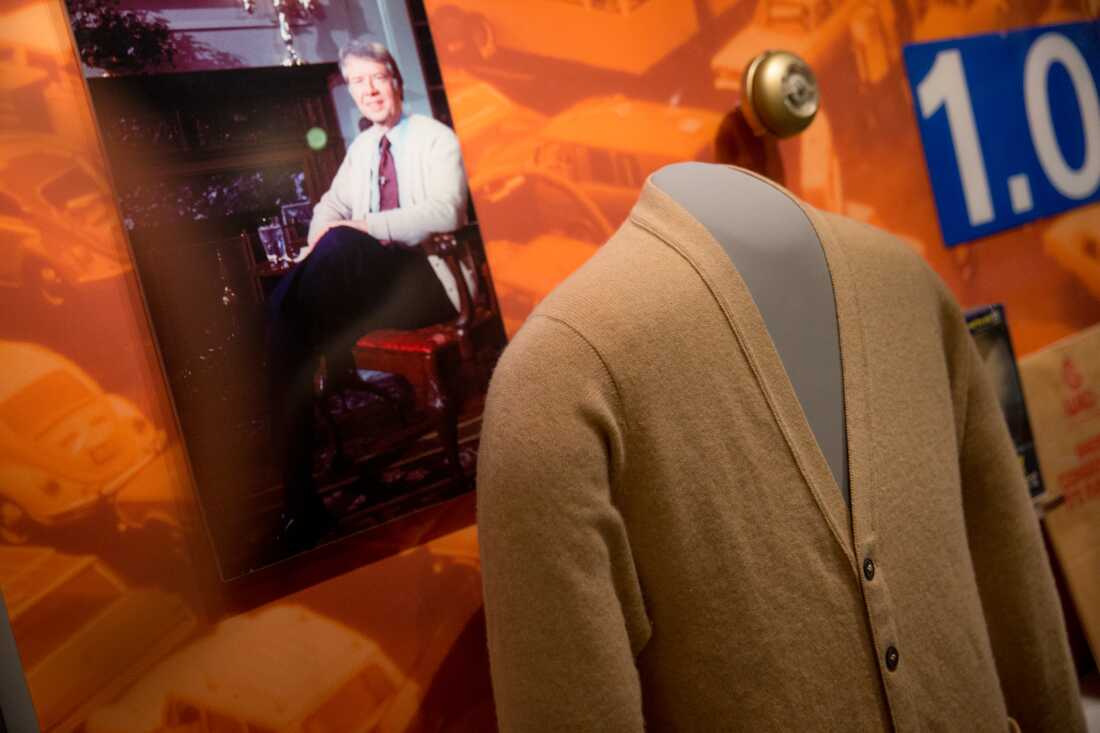
Jimmy Carter’s iconic cardigan is exhibited at the Smithsonian’s National Museum of American History in Washington, D.C.
Andrew Harnik/AP
“Fashion experts at the time noted how Carter’s choice challenged traditional expectations of presidential attire, reflecting a broader societal shift toward casual dress,” Hubbard adds.
From Abraham Lincoln’s transition from rugged frontier wear to his emblematic stovepipe hat and black frock coat, to Theodore Roosevelt’s progression from buckskin suits and Rough Rider uniforms to refined presidential suits, the clothing of U.S. presidents has consistently conveyed deeper meanings.
“Contemporary media often commented on these fashion choices, sometimes praising and other times criticizing them,” Hubbard observes. “It’s fascinating to see how public perception was shaped by what presidents wore.”

Summer Anne Lee, a fashion historian and adjunct professor at the Fashion Institute of Technology, highlights how the exhibit reveals the personalities presidents infused into their dress and how evolving social norms influenced their choices.
“Historically, the presidency has been held predominantly by older men, which meant formal and conservative attire was the norm,” Lee explains.
“This exhibit showcases moments when presidents broke from tradition.”
For instance, Lee points to John Quincy Adams’ controversial adoption of pantaloons in the 1820s, replacing the customary knee breeches.
“While pantaloons were common among everyday Americans, the presidency was seen as a timeless institution, so his choice was both bold and relatable,” she says.
With the advent of photography and later television, the visual presentation of presidents became increasingly significant.
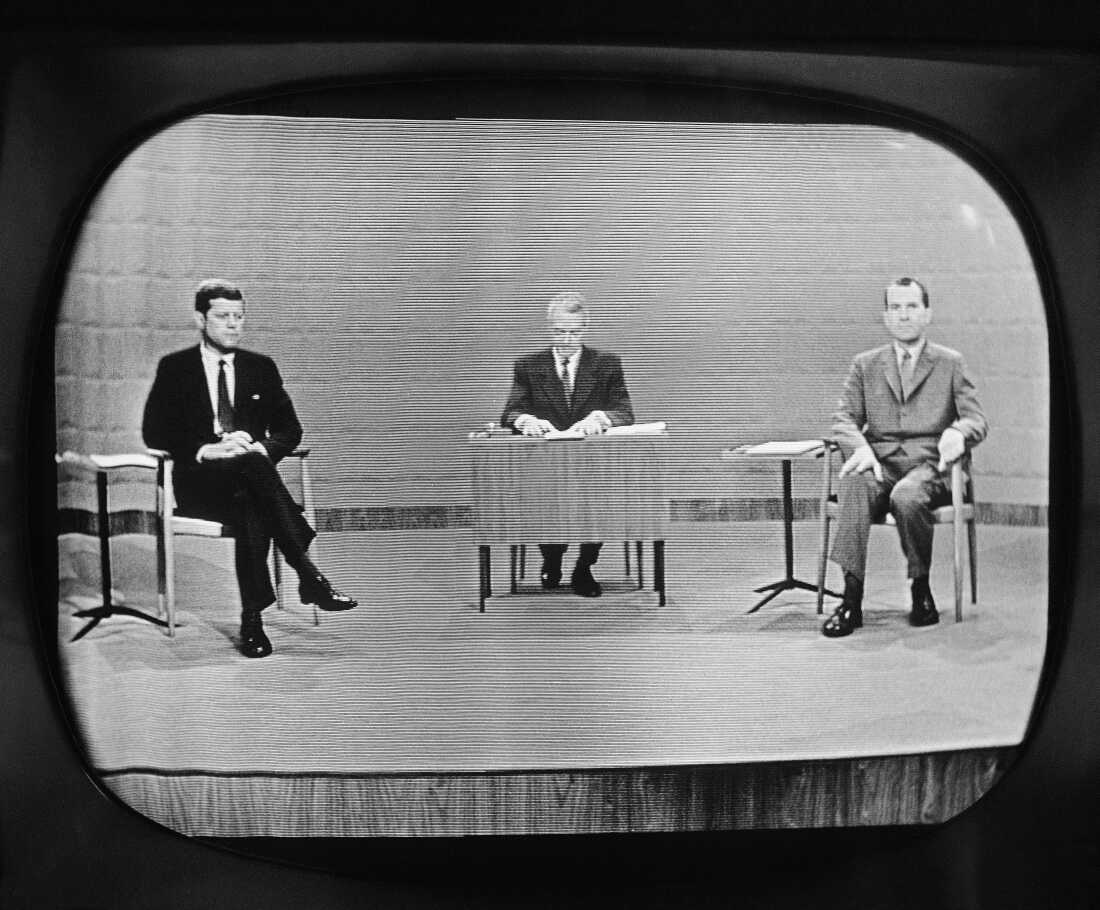
During the 1960 televised debate in Chicago, moderator Howard K. Smith sits between Senator John F. Kennedy and Vice President Richard Nixon, marking a pivotal moment in how presidential image was perceived.
AP
Lee remarks, “The 1960 Kennedy-Nixon debate was a turning point, revealing how crucial on-screen appearance had become. Nixon’s less favorable television presence contrasted with his in-person image, forever changing campaign strategies.”
“Today, with social media’s influence, candidates are even more conscious of their visual presentation, striving to connect with the public through relatable and carefully curated appearances.”




